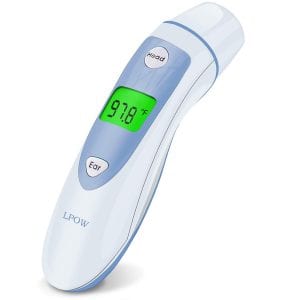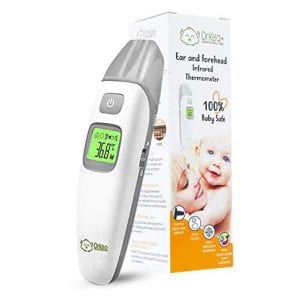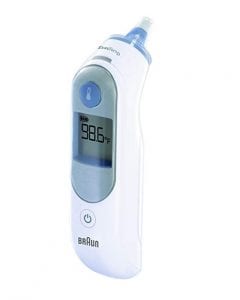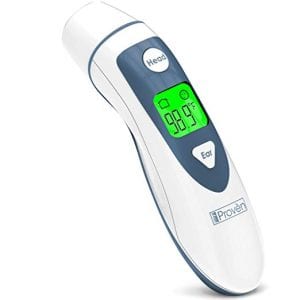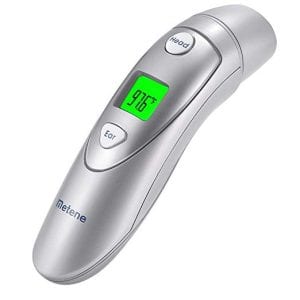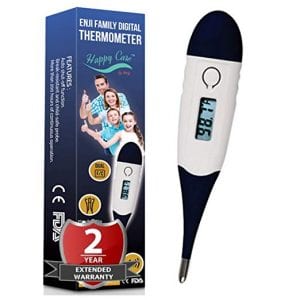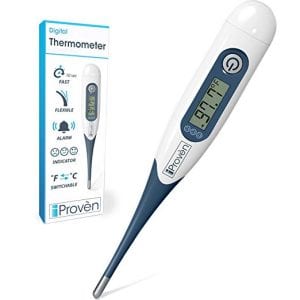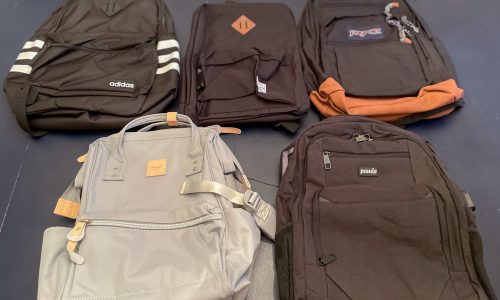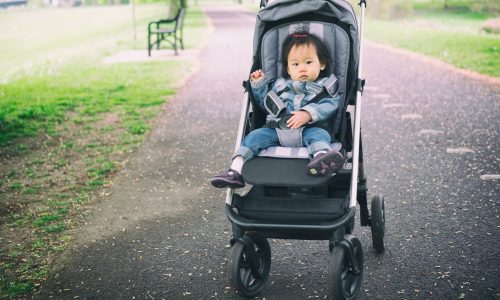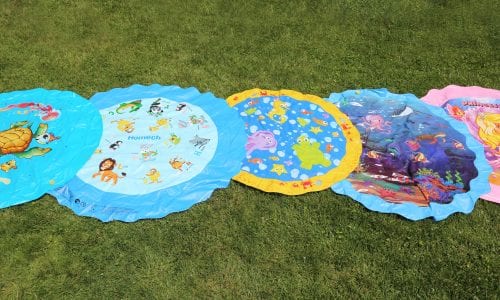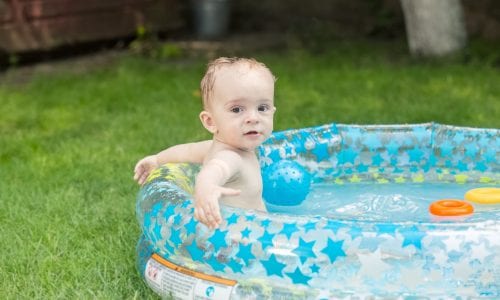The Best Baby Thermometer
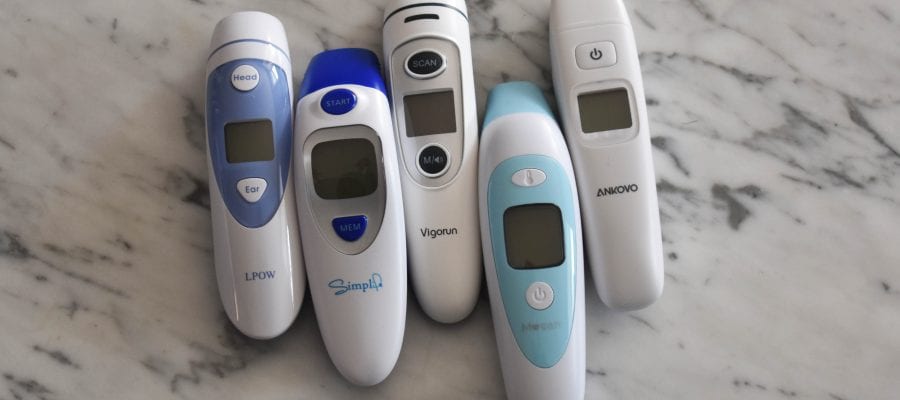
Our Review Process
Don't Waste Your Money is focused on helping you make the best purchasing decision. Our team of experts spends hundreds of hours analyzing, testing, and researching products so you don't have to. Learn more.
Our Picks For The Top Baby Thermometers
- 1. LPOW Baby Thermometer
- 2. DrKea Baby Thermometer Forehead and Ear Thermometer
- 3. Braun Thermometer ThermoScan ExacTemp
- 4. iProven Ear Thermometer Forehead Function Technology
- 5. Metene Forehead Thermometer Infrared Suitable
- 6. Enji Prime Thermometer Underarm Temperature Professional Detecting
- 7. iProvèn Digital Thermometer Termometro Accurate Readings
With this baby thermometer, you'll have options. The thermometer allows you to take a child's temperature via their ear or forehead and also gives the temperature reading in both Fahrenheit and Celsius. Temperature readings are instant and there's a handy back light for checking the temperature in the dark.
Reliable ThermometerTracking your baby's fever is a breeze with this baby thermometer, which keeps the previous 20 readings for your review.
Quality meets value in this top-rated forehead and ear thermometer. It's accurate, easy to use and convenient. You can also use it to measure room temperature or to check the temperature of your baby's bottle.
Accurate and EasyA multi-use tool that can also measure room temperature or the temperature of your baby's bottle.
This wallet-friendly unit uses disposable, hygienic tips for each reading. It helps you properly aim the thermometer inside your child's ear for accurate readings every time. It would be nice if it also had a forehead mode, but this is still a quality pick that should last a long time.
Affordable ThermometerWith disposable hygienic tips for each reading, this thermometer is sanitary and easy on your wallet.
This digital thermometer can make a rapid switch between ear and forehead modes. The large, backlit display is easy to read in the dark. It saves the last 20 readings for temperature monitoring, and an alarm beeps when your little one has a fever.
Easy to ReadA thermometer that can switch between ear and forehead modes easily.
Buying Guide
Nothing is sweeter than your baby’s smile, but it’s dreadful when giggles and grins give way to feverish crying. Infants can’t speak up to tell you what’s wrong, and even toddlers have trouble expressing what’s going on with their bodies. Parents need an objective opinion on what’s happening. A baby thermometer can play that role when you’re not sure what to do next.
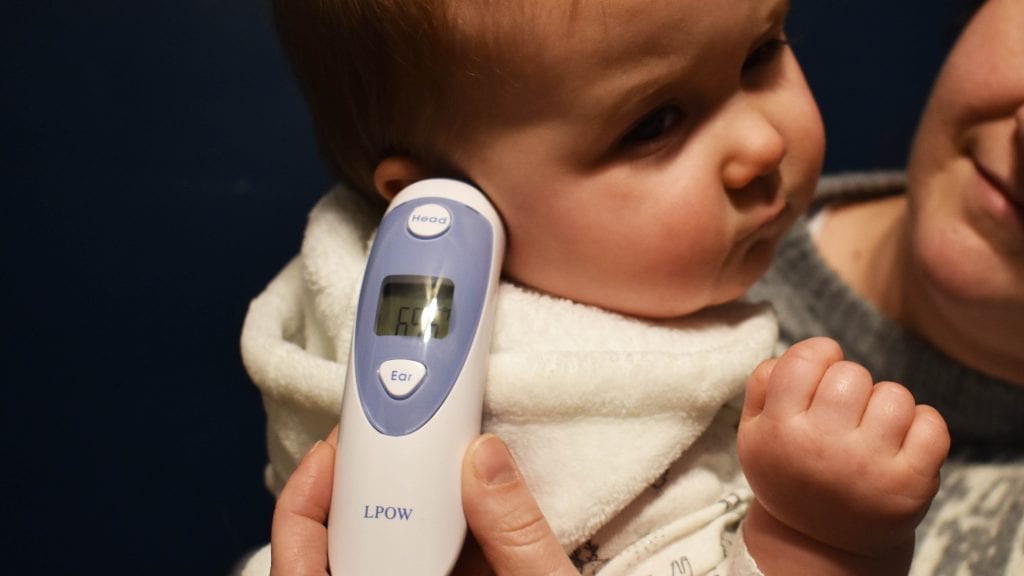
Taking a baby’s temperature used to be uncomfortable, unpleasant work. Fortunately, today’s thermometers read your baby’s body temperature in seconds from their ear or forehead. The vast majority have digital screens for easy reading, and thanks to infrared technology, they’re more accurate than ever before. Some thermometers even keep track of the last 10-20 readings, so you can see the changes in your baby’s temperature history right on the screen.
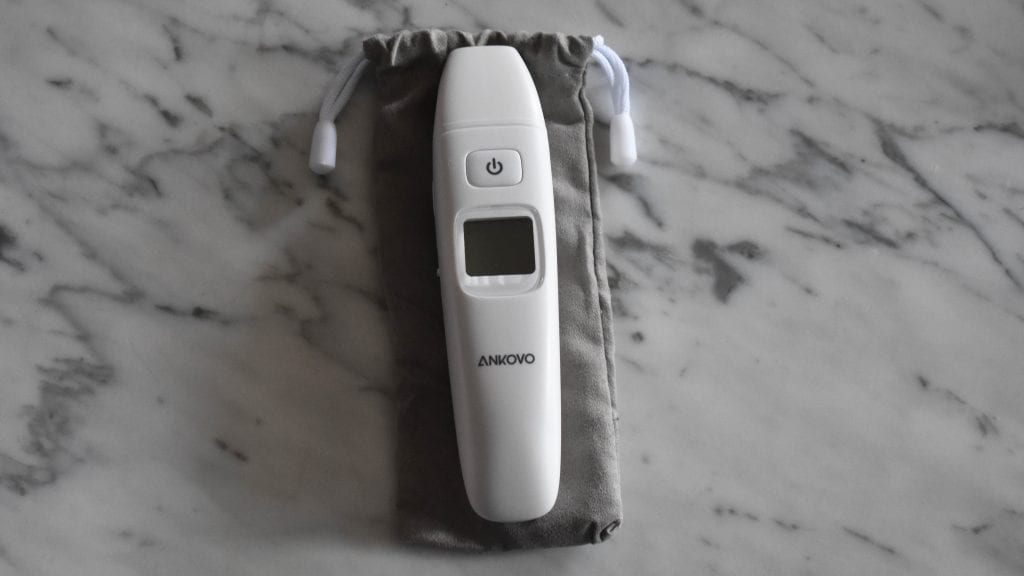
High-tech options like fever alarms and color-coded screens are just a few of the modern features you can expect from baby thermometers. There’s plenty to take into consideration before you buy one for your family, though. Our Tips & Advice can help you decide which thermometer belongs in your digital checkout cart.
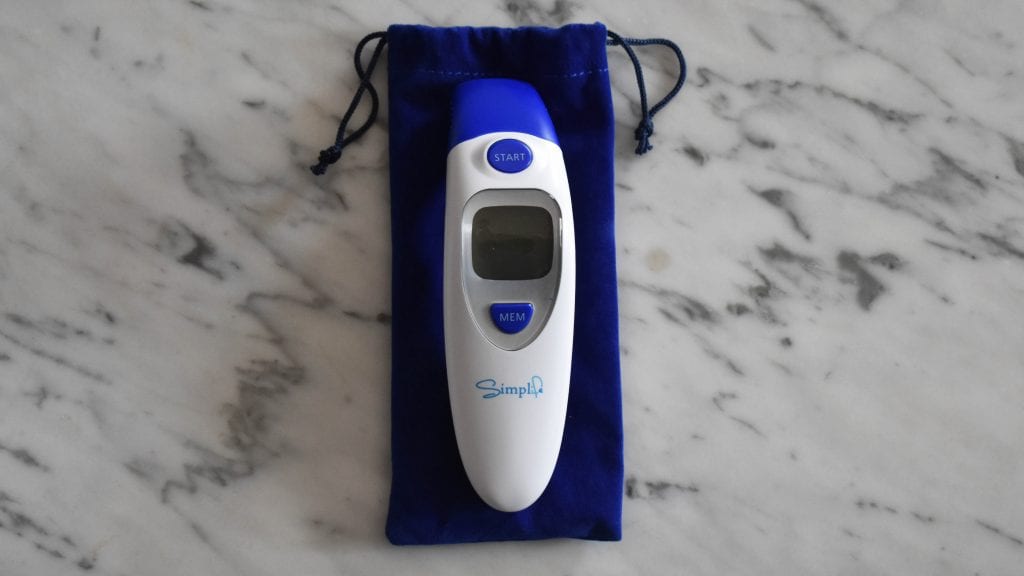
What to Look For
- Accuracy is by far the most important factor when you’re buying a baby thermometer. If the temperature reading isn’t spot on, you’re just holding a useless piece of plastic in your hand. Busy parents don’t have time to wade through online reviews hunting for the most accurate baby thermometer, but we do. All of our top picks received high marks for accuracy.
- The days of rectal thermometers are (thankfully) in the past. New thermometers can read your baby’s temperature from their forehead, ear or both. Your baby will probably be extra fussy when they’re not feeling well. You know your child better than anyone else — you’ll know if they feel comfortable using an ear thermometer, or if they’d prefer a forehead reading.
- Dual thermometers should give the same reading in your baby’s ear as they do on your baby’s forehead. If both numbers are accurate and don’t change from ear to forehead, you’ve got a quality thermometer. The LPOW Baby Thermometer is known across the web for its reliable, consistent ear and forehead readings.
- A hygienic thermometer is a safe thermometer. You’ll need a baby thermometer that’s easy to clean and has disposable ear tips, especially if you’re using it on more than one sick kiddo. Models with disposable lens filters are great. Just pop on a fresh one every time you take your child’s temperature for a hygienic, accurate reading that won’t cross-contaminate with other kids. You can clean the surfaces and tips of our other top thermometers in a few seconds with an alcohol wipe.
- A fussy baby won’t sit still for long when they’re feverish. The ideal baby thermometer has an instant readout, so you won’t have to hold it to your baby’s forehead or place it in their ear and wait while they wail. The SANPU Baby Thermometer will give you an accurate reading in as little as three seconds.
- Make sure that the thermometer you chose is age-appropriate for your baby. Most can be used for babies of all ages in forehead mode, but some require you to wait until your child is six months or older to use the ear mode.
- You also don’t want to be messing around with complicated controls when you’re trying to see if your child has a fever. The Mosen Baby Thermometer has a single button for simple readouts.
- If you can’t read your baby’s temperature on your thermometer’s digital screen, you’re wasting your time. The simplife Baby Forehead Thermometer has a backlit display for reading temperatures in dark rooms while your baby naps.
- Some thermometers make it easier than ever to tell when your child’s running hot. Some models turn red when your kid’s temperature is over 99.6 degrees Fahrenheit. Other models beep loudly when your child has a fever.
- The flip side of beeping fever alerts is that they may wake up your baby when you’re trying to be stealthy during nap time. To avoid this look for a model with a thoughtful silent mode for accurate readings without waking up your child.
- Getting a real-time read on your baby’s temperature is crucial, but tracking their temperature changes throughout the day will give you an even better look at their health. There are models that save the last 20 temperature readings you’ve taken, so you can see if your baby’s fever is going up or down as time passes.
- Thermometers in the United States rely on Fahrenheit temperature readings, but if you’re shopping abroad, you’ll want one that also gives readings in Celsius. The LPOW Baby Thermometer provides both Fahrenheit and Celsius temperatures.
- Little ones aren’t too fond of tolerating cold thermometer tips when you’re taking their temperature through their ear. Some models let you pre-warm the tip before you put it in your baby’s ear. This makes the entire process more comfortable for your baby.
- Read all instructions carefully before you first use your new thermometer. Some models need time to calibrate or charge before they’re ready to take your kid’s temperature.
- Check and see if there are any accessories you need to buy to get the most out of your new thermometer. Some thermometers come with a soft carrying pouch for travel, as well as a hard case if you want extra protection.
- Our top picks for baby thermometers all run on batteries. Take a look at the product descriptions and see what kind and how many batteries you’ll need. The SANPU Baby Thermometer takes three AAA batteries, while other models use two AA batteries.
- When you’re investing in a thermometer for your family’s health, you’ll need to factor in any extra maintenance costs. For example, some models use disposable filters for ear temperature readings. Poke around online to see how much those will set you back.
- Some of these thermometers are more than a one-trick pony. There are thermometers that double as a room thermometer and triple as a thermometer for milk or formula. It adds to the thermometer’s value and helps you keep your child, their food and their environment at a healthy temperature.
More to Explore
Caring for a feverish baby isn’t fun for you or your child, but you’re both lucky that you’re fighting that fever after the year 2000. For decades, parents had to rely on glass mercury thermometers when their kids started looking a little green.
Mercury thermometers were invented in 1714. They weren’t very safe to keep around the house. If you dropped one on the floor, the mercury could leak out and put your family at risk. Ingesting, touching or even just inhaling mercury can lead to uncomfortable and dangerous symptoms ranging from skin inflammation to decreased cognitive functioning. Spilled mercury is also notoriously difficult to properly clean up, making slip-ups extra dangerous.
So why did mercury thermometers stick around so long? Well, for one thing, they were extremely accurate. Mercury has high thermal conductivity, and it’s very sensitive to temperature changes, so it would give you a spot-on reading when you placed it under someone’s tongue for a few minutes.
In addition, mercury has a higher temperature range than other thermometers, like alcohol-based options. Mercury also doesn’t expand very much compared to other liquids, so you could read high temperatures with a small, handheld thermometer.
People also didn’t realize how toxic mercury was until much later in history. Not all symptoms of mercury poisoning appear immediately, so the connection between mercury exposure and sickness wasn’t obvious.
By 2001, 20 states had banned mercury thermometers, and digital thermometers replaced them. The first digital thermometers relied on the standard under-the-tongue readings that were used with mercury thermometers, but these gave way to more convenient forehead and ear thermometers as technology advanced.
Today’s digital thermometers come with all sorts of bells and whistles, like fever alarms and saved records of the thermometer’s readings. Most importantly, you can drop them on the ground without calling in a HAZMAT team.

